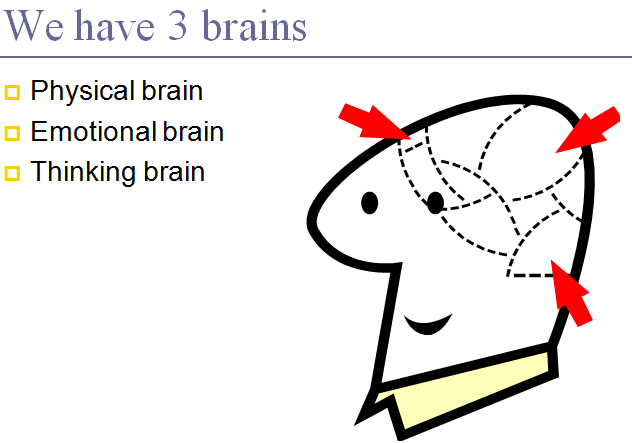 What are the two most important parts (a.k.a. opportunities to engage readers) of your business blog post? Most experts will tell you this:
What are the two most important parts (a.k.a. opportunities to engage readers) of your business blog post? Most experts will tell you this:
- The headline
- The call to action
The headline is what gets read and spread. It’s your “shout-out” on social media sites, in feed readers, and email updates. It’s the bait on your fishing hook which draws people over to your blog site to read your stuff.
Writing magnetic headlines is crucial. And you know yourself that a well-crafted headline gets more traffic than a bland one.
The call to action is what gets you business results and turns readers into clients. Even when it’s not a direct “go-buy-click-here” request, it’s part of your funnel process. It starts the participation process.
But hold on there, wait a minute. There are 7 ways to format your blog posts that will help prime your readers for action. It happens before you ask readers to do something. It must happen, otherwise your readers won’t even read your complete post, they won’t get to the call to action part.
You must engage their brains. You must get inside their heads by triggering unconscious desires and thoughts.
Okay, that sounds a bit oowy-woowy and sneaky, maybe even dangerous. I’m not talking hypnotic suggestions or even tapping into Freudian drives of sex or fear…(although, heck, that sure works, too!)
But if your blog content doesn’t appeal to one of several persuasion triggers (reciprocity, social proof, etc.) then you’re not doing enough with your posts. Your readers may scan your post, without getting their thought processes going, and move on.
It’s not complicated. You’re probably already doing it (unconsciously)! How? Read More→











